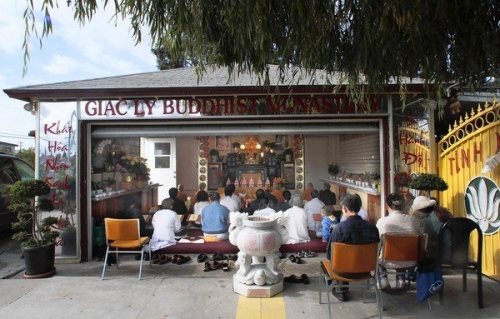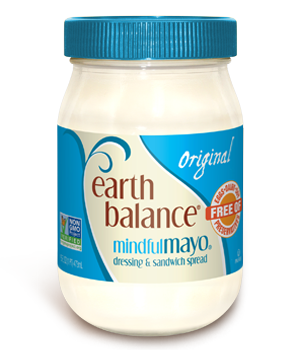Happy New Year, everyone!
Over the holiday break, Tricycle was saddened to hear of a Christmas Day plane crash in Burma in which three Burmese died and the founders of the Community Meditation Center, Susanna Weiss and Allan Lokos, were injured. While Susanna suffered broken vertebrae in her back and has been released from the hospital, Allan, the center’s guiding teacher and a frequent Tricycle contributor, received severe burns on his hands, legs, and head, and remains in the ICU of a hospital in Singapore. WNYC has the whole, harrowing story here. Please pray for the couple’s health and swift recovery.
Otherwise, it’s looking like the Buddhist news realm is feeling very fresh with the arrival of the new year: there’s not much to share this week! There was this sweet story of a family in British Columbia whose outdoor Buddha statue mysteriously reappeared on their doorstep after being stolen three years ago. (Looks like the family had been cultivating some good karma.)
And there was also a story in the Los Angeles Times about Tinh Xa Giac Ly, a Buddhist temple in Westmister, California. The story focuses on how the temple is irritating its neighbors—there’s been increased traffic in the area, much to some residents’ chagrin—but I’m sharing it with you here because I really loved the photo of the temple that accompanied the article. It’s common for smaller congregations and sanghas to operate out of a residential home, but I’ve never seen an American Buddhist temple that looks quite like this:

As you can see, Tinh Xa Giac Ly operates out of a converted garage, with the sangha spilling out onto the driveway. Doesn’t it look lovely, though? I’m so impressed with their DIY abilities. There’s also something about it that really exemplifies the “from the ground up” spirit of American Buddhism.
 To finish, for our first Buddha Buzz laugh of 2013, many thanks to Sharon Salzberg, who let me know about the existence of the only brand of mayonnaise any self-respecting Buddhist practitioner/mindful eater should use: MindfulMayo.
To finish, for our first Buddha Buzz laugh of 2013, many thanks to Sharon Salzberg, who let me know about the existence of the only brand of mayonnaise any self-respecting Buddhist practitioner/mindful eater should use: MindfulMayo.
Really, now. What’s going to become “mindful” next?
Thank you for subscribing to Tricycle! As a nonprofit, we depend on readers like you to keep Buddhist teachings and practices widely available.